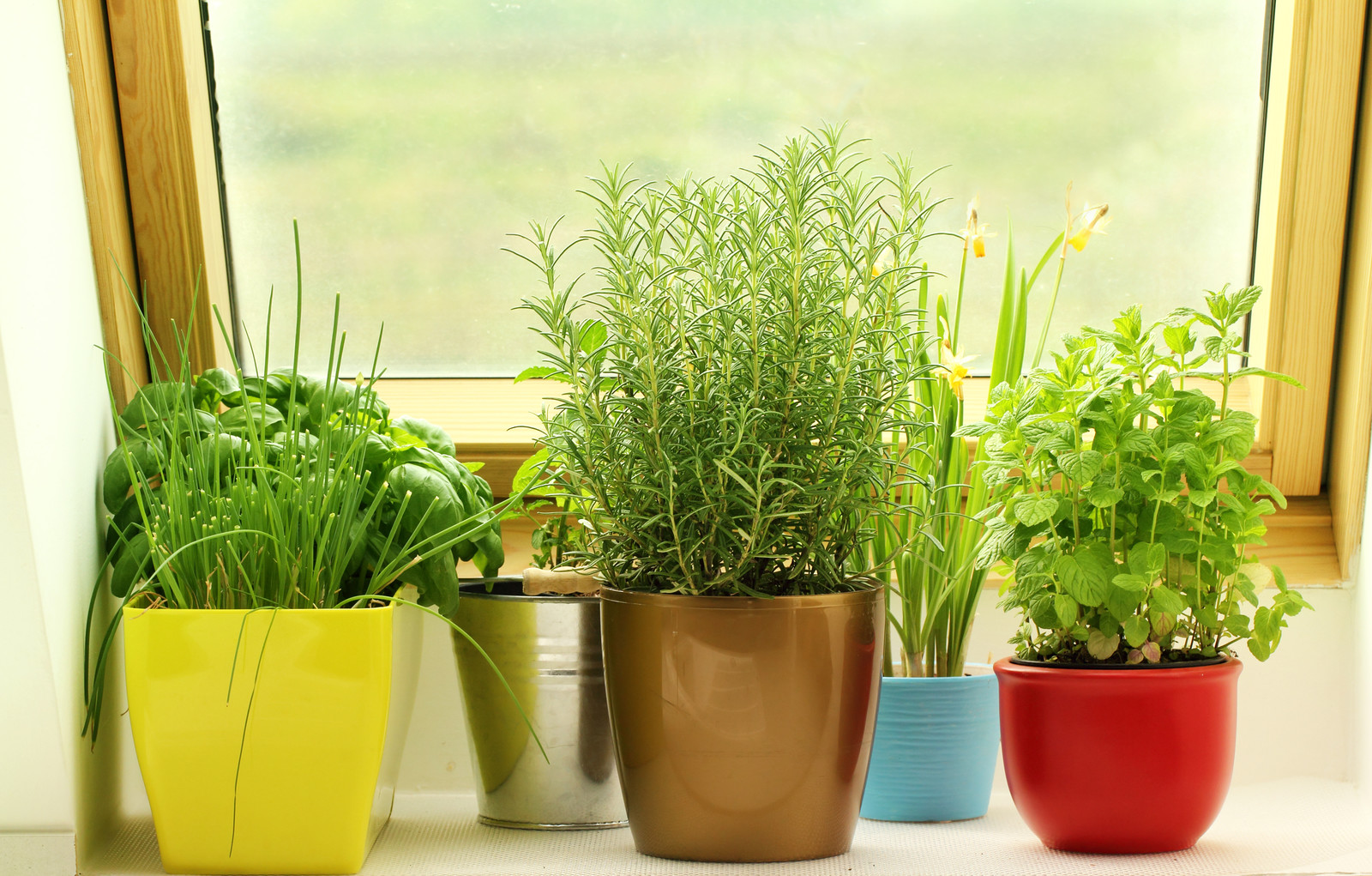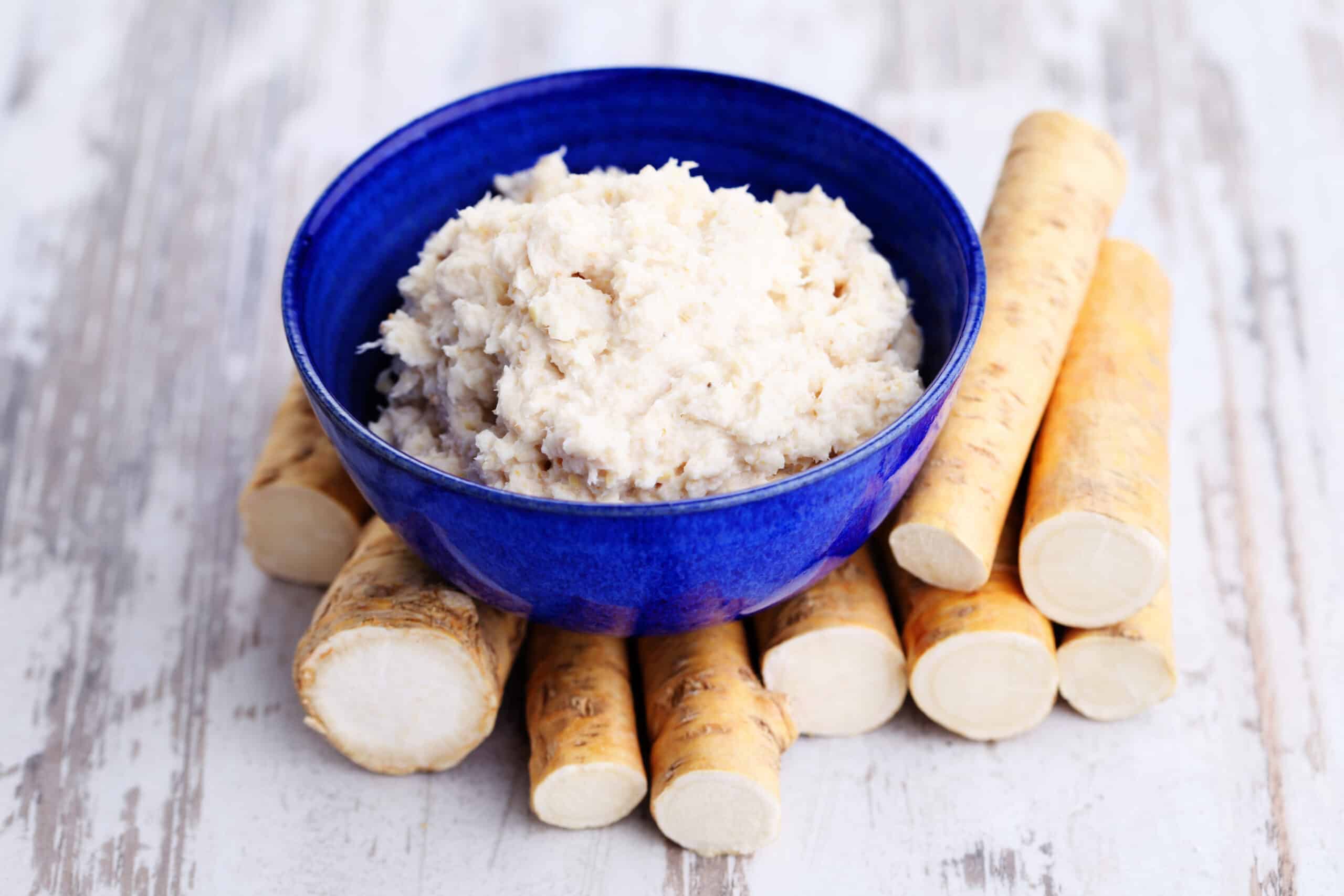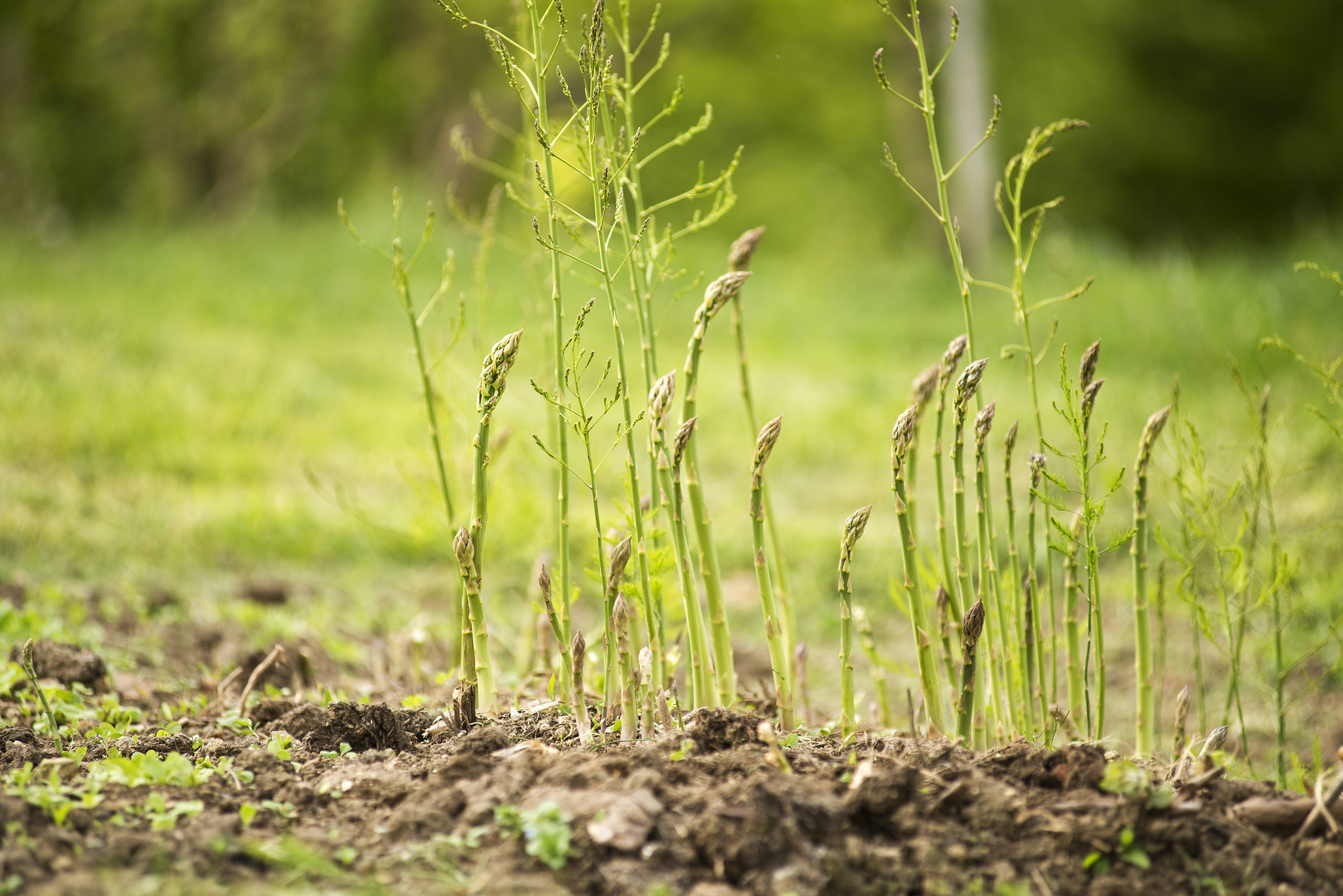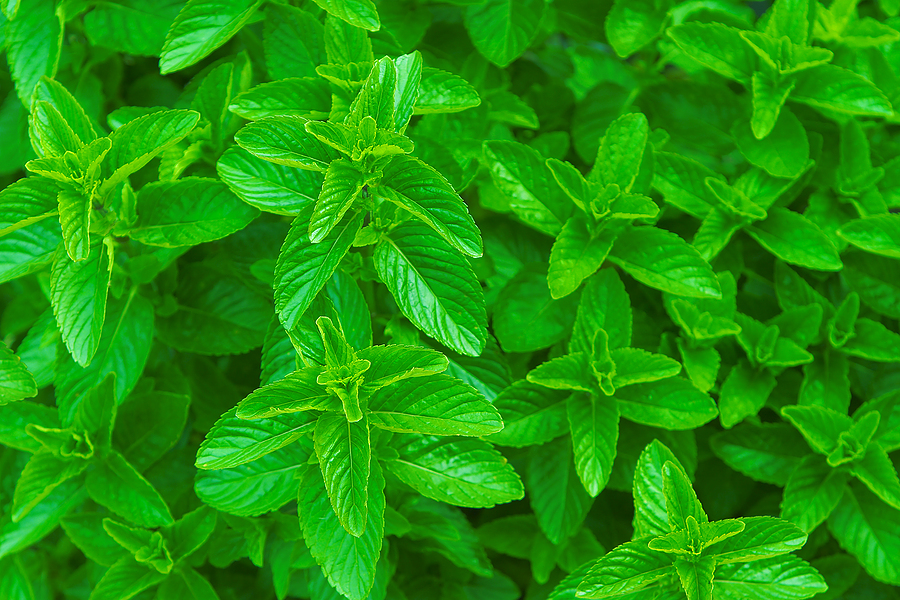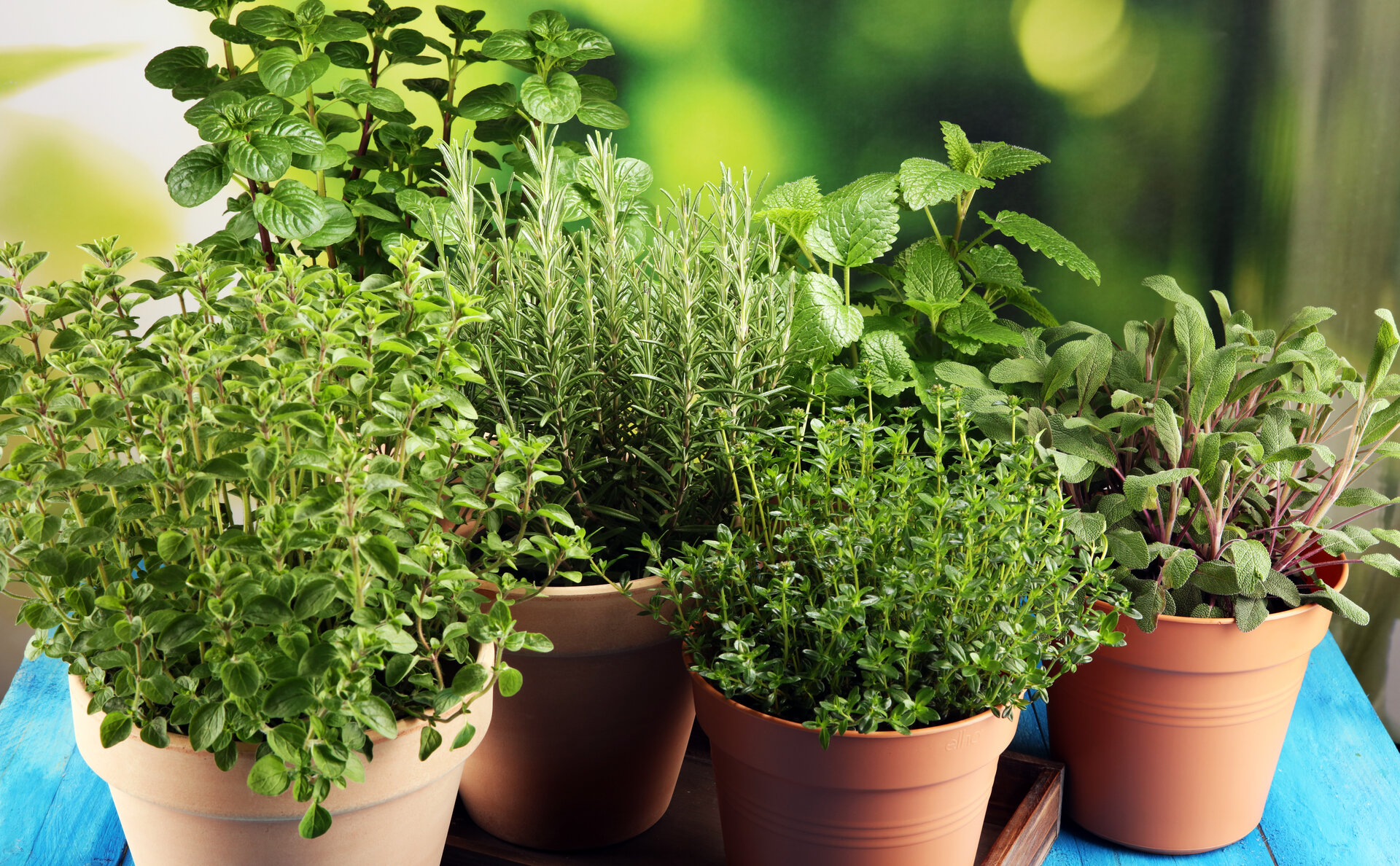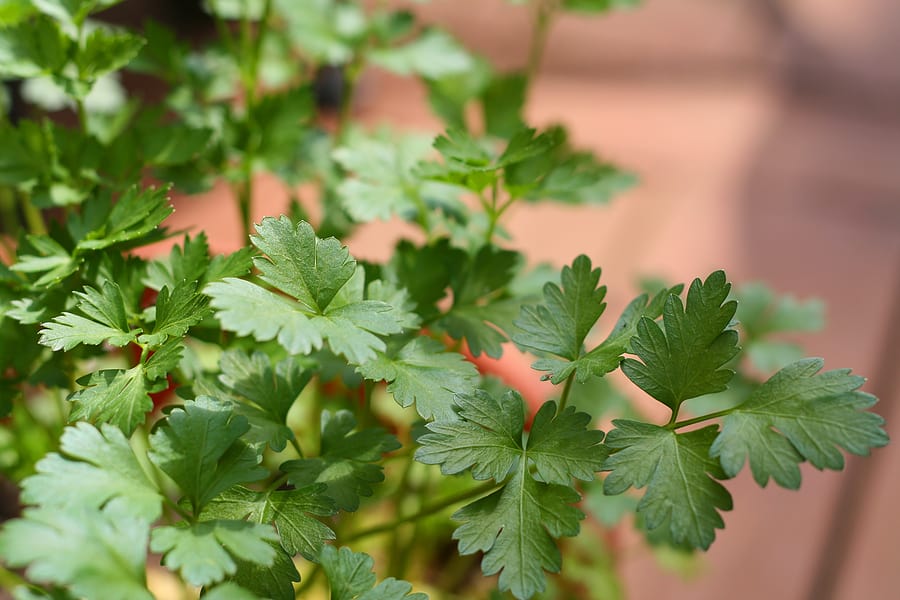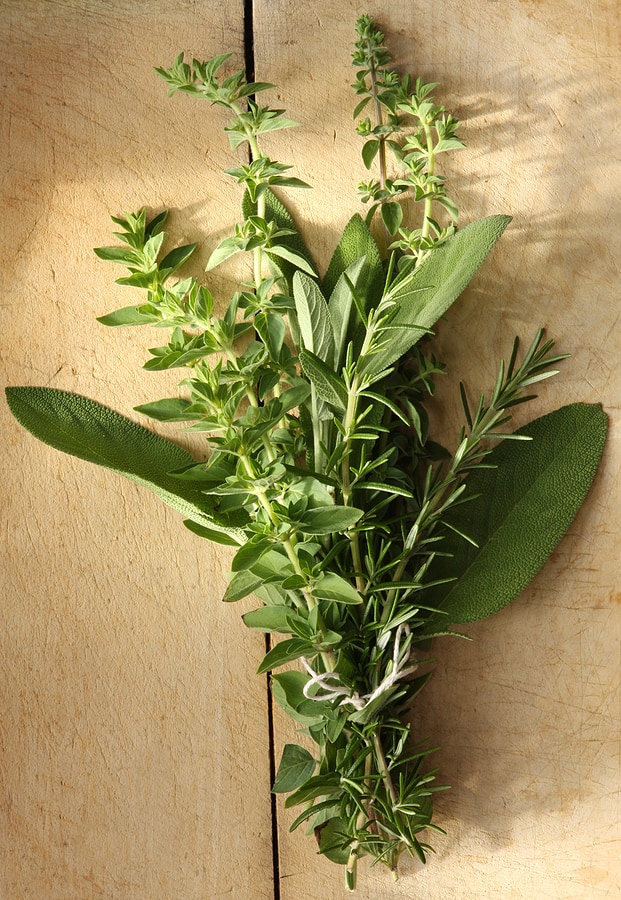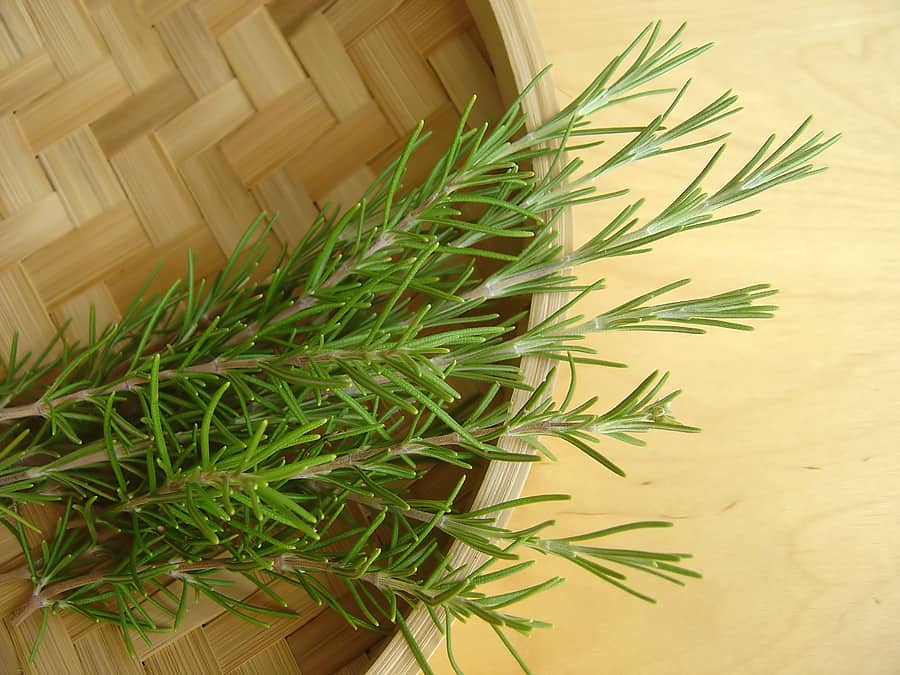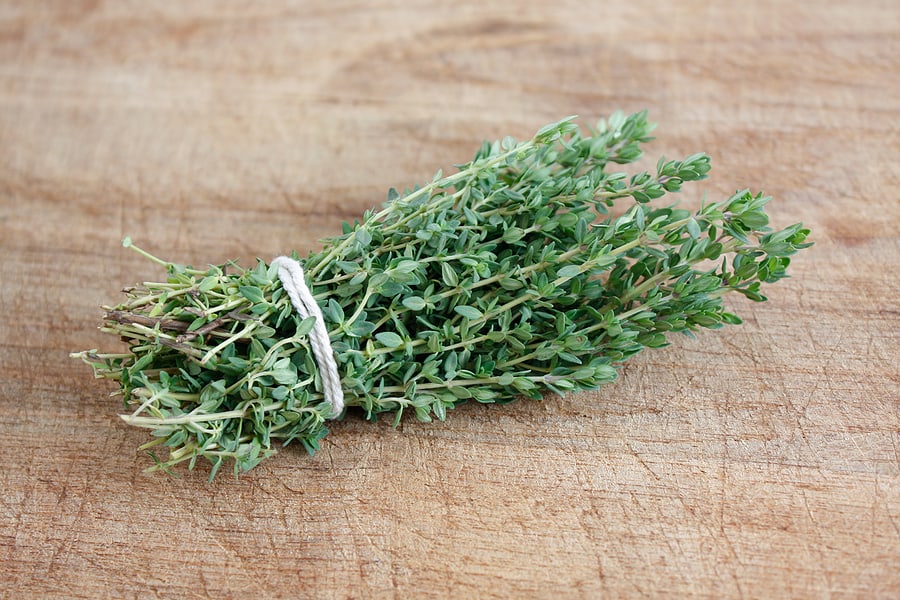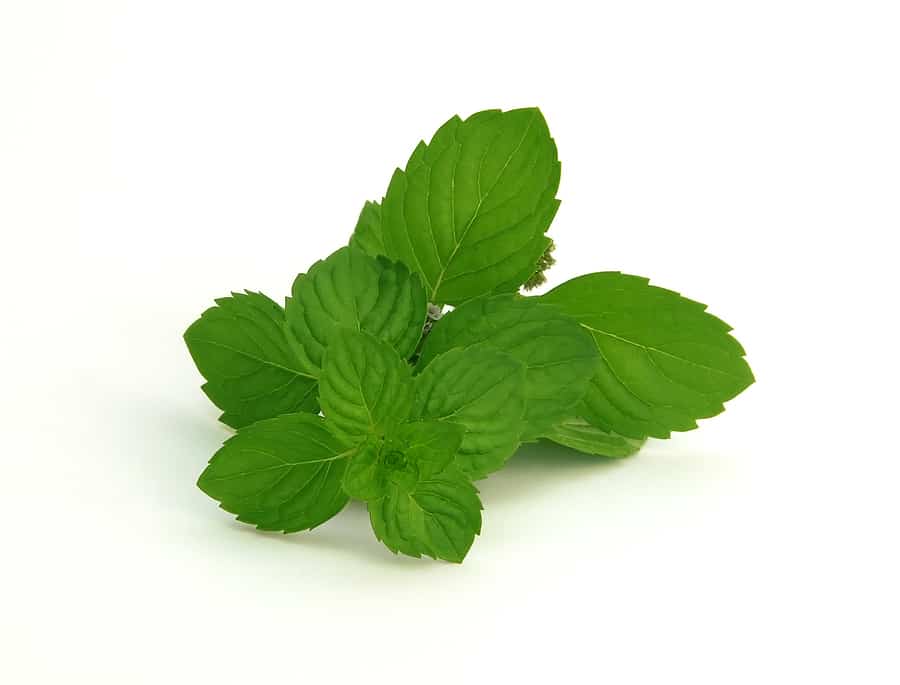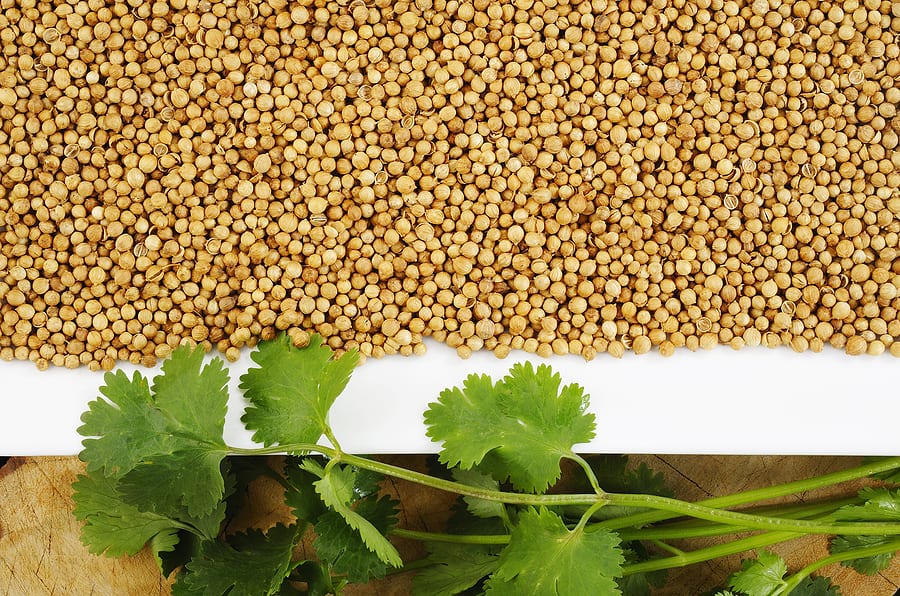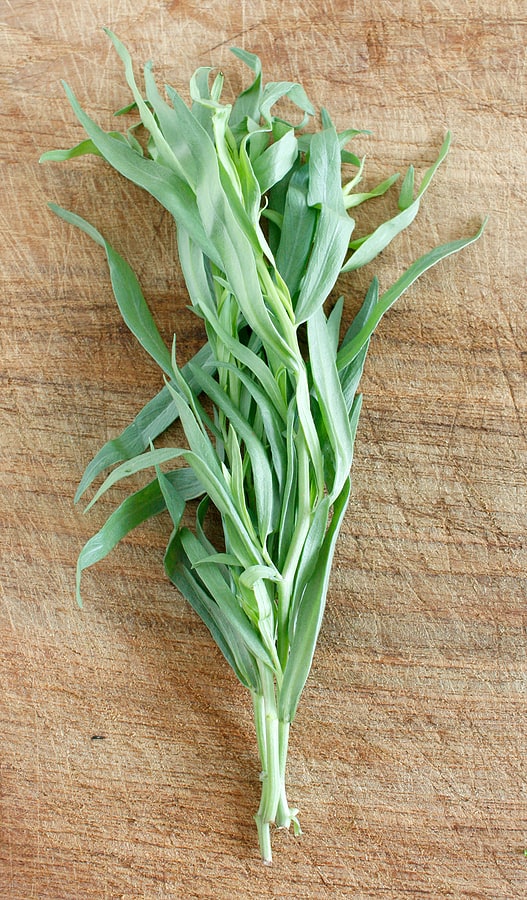Herbs
Latest stories
More stories
-
Seven Ways to Prepare Horseradish
The peak season for freshly harvested horseradish is early spring and late fall. Horseradish is a long, knobby root—it’s an herb, not a vegetable–that has no aroma until you scratch, cut, or grate it. The pungent odor and the hot taste of horseradish are due to a volatile oil—similar to mustard oil—that is released when […] More
-
in Herbs, How to Grow, Planting
Growing Perennial Vegetables, Herbs, Fruits
Adding edible perennials to your garden will give you many years of harvest pleasure. Asparagus, artichokes, Jerusalem artichokes, rhubarb, raspberries, blackberries, strawberries, blueberries, and perennial herbs are easy-to-grow perennial edibles. Planning to plant perennial crops Perennials live in one place for several years and have different management needs than annuals. Dedicate specific growing spaces to each […] More
-
Mint Plant, Grow, Harvest Guide – Harvest to Table
Mint is a group of herbs grown for their decorative aromatic foliage. Mint — botanical name Mentha — is a genus of 25 perennials that bear tubular to bell-shaped flowers usually borne on spikes of whorled clusters. Mint has lance-shaped to round, light to dark green or gray leaves, often highly aromatic. Mints are widely […] More
-
in Herbs
How to Grow Herbs
Herbs are not difficult to grow. Most herbs belong to the parsley, the mint, or the daisy families. Most plants in these families germinate readily and can be raised without any special horticultural skill. Most herbs thrive in well-drained, sunny, loose soil that is not too rich. The planting bed for herbs should be prepared […] More
-
Ways to Serve Parsley
Parsley has a clean, fresh, peppery flavor that makes it a good match for all savory dishes. Parsley is an aromatic herb whose leaves and stems are edible. Parsley can usually be found year-round but is the youngest and most tender in spring. Types of parsley There are more than 30 varieties of parsley but […] More
-
Ways to Use Marjoram and Oregano
Marjoram and oregano and oregano and marjoram. Have you noticed that these two spicy herbs are inseparable when you go to cooks’ reference books? The reason is that marjoram and oregano are generic names for two frequently interchanged (but different) herbs. Both are small aromatic shrubs that grow to approximately 2 feet (.6 m). Both […] More
-
Ways to Use Rosemary
Viewed from a distance while in bloom, it’s easy to understand how the herb rosemary got its name. The Latin name for rosemary is ros marinus which means “sea dew” or “sea spray. Rosemary in bloom is covered with small clusters of shimmering blossoms of both light and deep blue. This tough but marvelously fragrant […] More
-
Ways to Use Thyme
Thyme adds a spicy note to soups, stews, tomato and wine-based sauces, dried bean dishes, stuffings, and stocks. It can be used in marinades for pork and game and also in chowders, gumbos, and jambalayas. What this says is that thyme can take a long, slow cooking and—unlike other herbs—still bring something special to the […] More
-
Ways to Use Mint
Mint can be used both in sweet and savory dishes. Add mint to new potatoes or to a garlic and cream cheese dip. Mix mint with chocolate cakes or bake with raisins and currants in pastry. Mints are an excellent addition to sauces, syrups, vinegar, and teas. There are more than 2,000 varieties of mint—about […] More
-
Ways to Use Dill
Partnering dill with fish and seafood got its start a few thousand years ago in the Nordic countries of northern Europe. Dill—which has a flavor somewhere between celery and parsley with the peppery undertones of anise and the feint aroma of lemon—brings lingering warmth to cured and marinated salmon and herring as well as fried […] More
-
Ways to Use Cilantro and Coriander
The cilantro plant and the coriander plant are the same plant. In most parts of the world, coriander is simply known as coriander. However, in the United States coriander refers to the seeds of the coriander plant, and cilantro refers to the herb leaves of the coriander plant. Why the difference? Well, it basically comes […] More
-
Ways to Use Tarragon
Use French tarragon fresh whole or ground with fish and shellfish, chicken, eggs, salad greens, or tomatoes. French tarragon has a spicy anise flavor with a basil note and a sweet aftertaste. Its leaves hint of pine and licorice. The flavor of French tarragon diffuses quickly in dishes so it is best used sparingly. Add […] More

